- Home
- slideshows
- miscellaneous
- San Francisco's new public trains are clean, spacious and surprisingly quiet - here's what it's like to ride one
San Francisco's new public trains are clean, spacious and surprisingly quiet - here's what it's like to ride one
The new fleet has fewer seats in each car. To me, it looked like a lot fewer.

Seats on the legacy BART cars were positioned in rows close together, which could make it hard to get in and out on a crowded train.
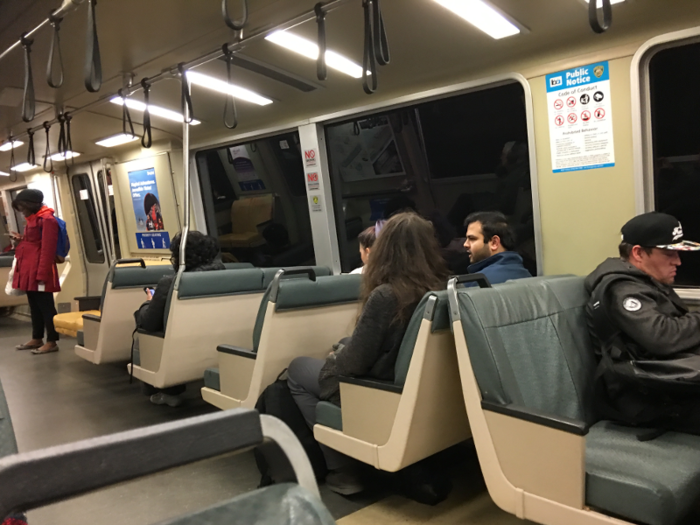
Meanwhile, seats on the new cars are positioned so that you never feel squished against other seats or your seatmate. The seats were ergonomically designed and they are definitely more comfortable than the old ones. The blue and neon green provide a fun pop of color.
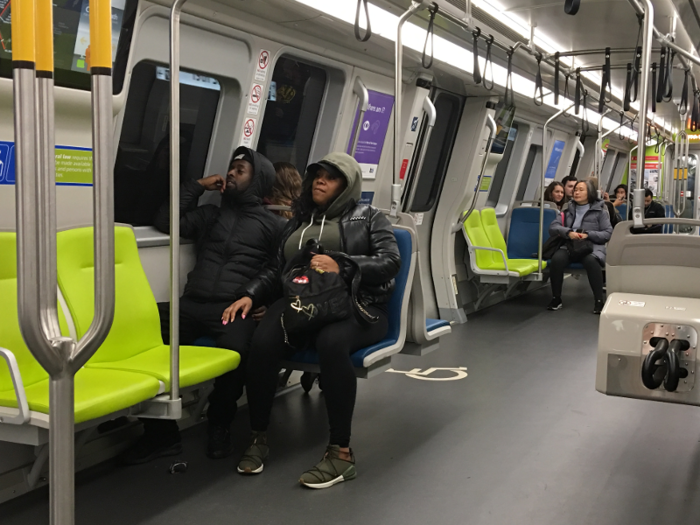
"The hope is that we can fit more people on each fleet of the future car because there's more standing room," BART spokesperson Anna Duckworth told Business Insider.
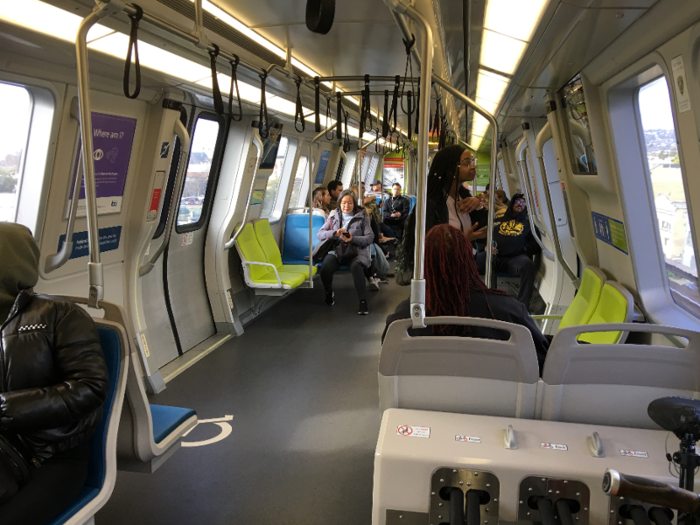
The new cars feel wide open. They include center poles to make it easier for standing passengers of all heights to hang on.
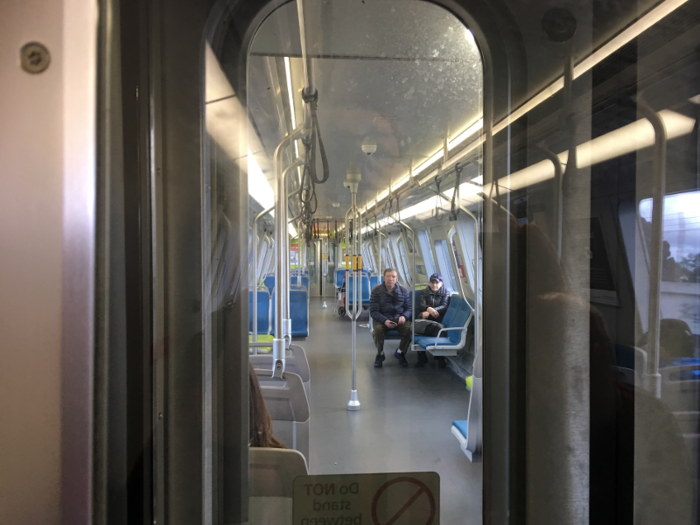
The new cars have three doors per car instead of two to speed loading and unloading and move the trains along more quickly. The red lights above the doors on the new cars are a nice touch, too.
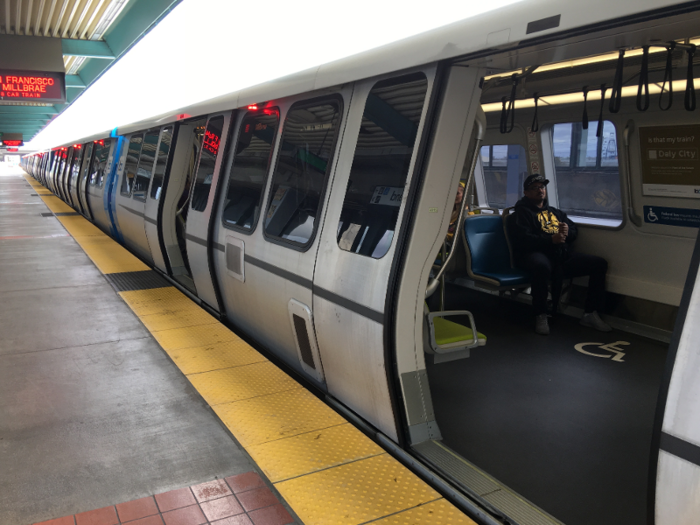
With the new fleet, BART has fully embraced bike-to-transit riders. The cars have a bike insignia on one of the three doors, showing bike riders where to board.
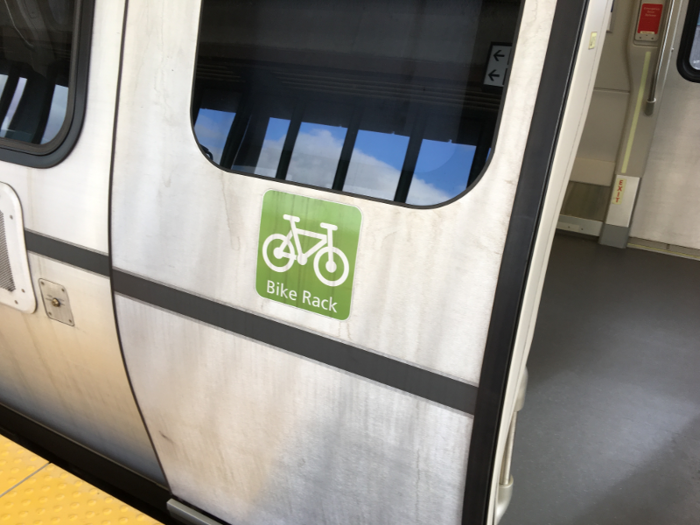
Inside, there are three bike parking docks where you can secure your bike so it doesn't fall over if the car comes to a sudden stop. I found it challenging to fit my small-wheeled folding bike into one of the slots, but I made it work by wedging my seat stem into the rack. It was nice to be able to step away and watch my bike stay in place as the train started and stopped.
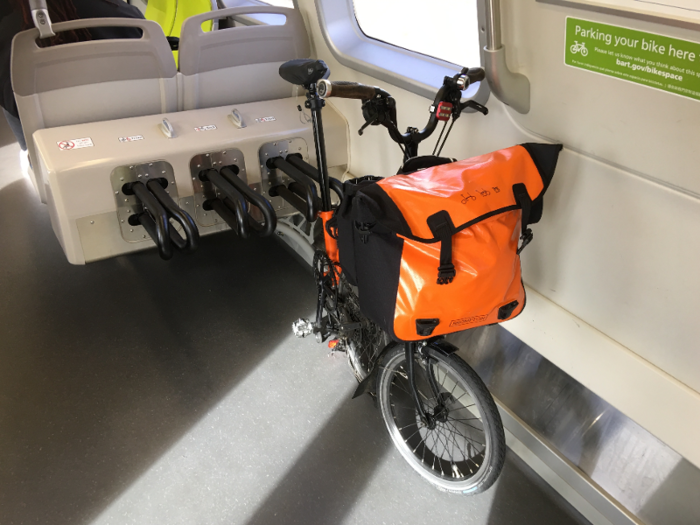
There is a dedicated entrance in each car for wheelchairs. This door has an insignia, like the bike entrance, to help wheelchair users better navigate the train entry.
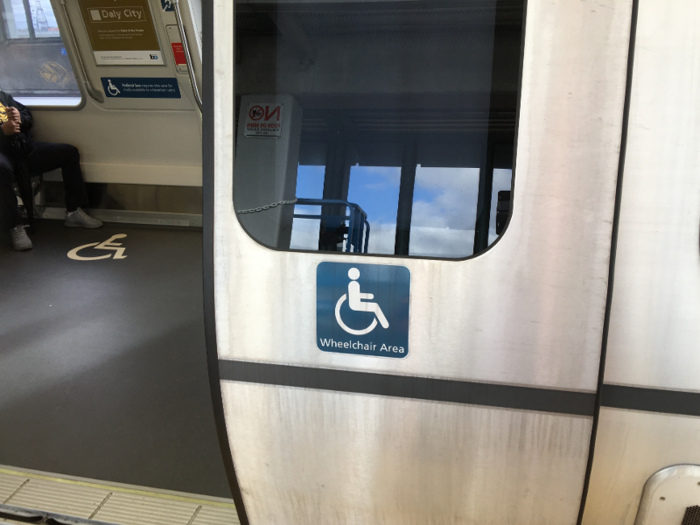
The station announcements on the old BART cars are about as clear as the speaker at a drive-thru. The new trains have automated station announcements in each car. Plus, there are electronic displays at each end of the car and by the doors that show the next station stop.
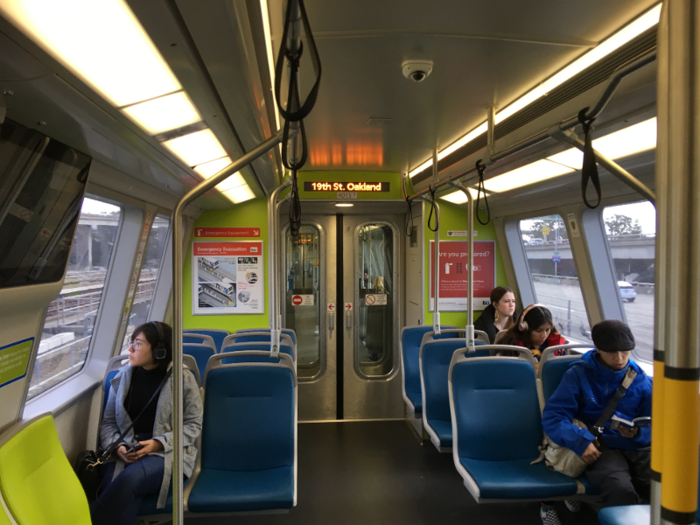
There are also electronic maps by the doors showing you the line you're on. As part of the upgrade, BART has changed from labeling each line by its endpoints to giving each route a color. The old system had grown confusing, as new stations changed the endpoints of the lines, so this was a welcome change.
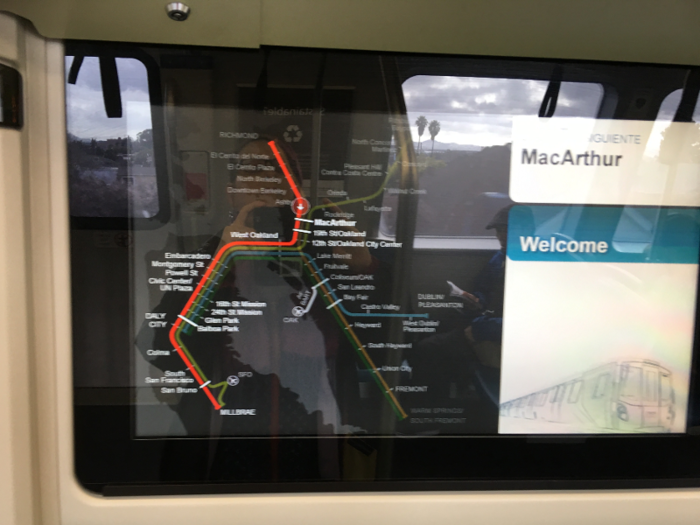
Of course, it's only a matter of time before spilled soda and other mishaps ruin the pristine floors. The cars are new, not the humans who ride them. But, for now, the squeaky-clean feeling of the new cars is delightful. The new cars were designed to be easier to keep clean, so fingers crossed that the clean and bright feeling will last.
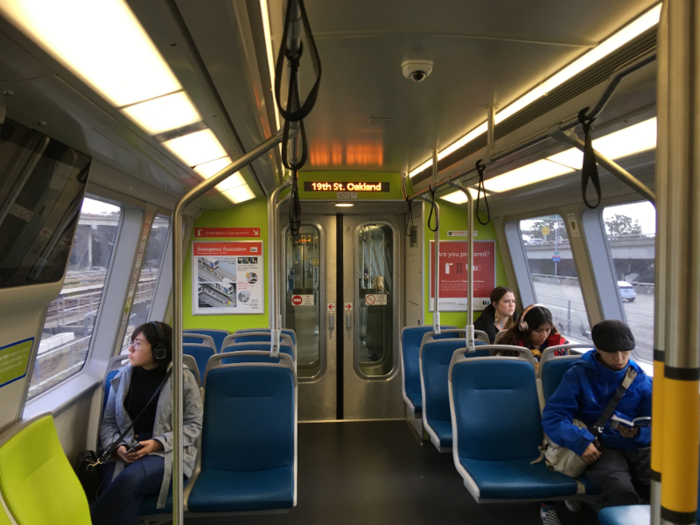
The older BART cars created market for noise-cancelling headphone to counteract the deafening rumble, especially in the tunnel under the San Francisco Bay. The new trains are quieter, as is the horn that warns of an arriving train. The Fleet of the Future will change the soundscape of BART as well as the look and feel of the trains.
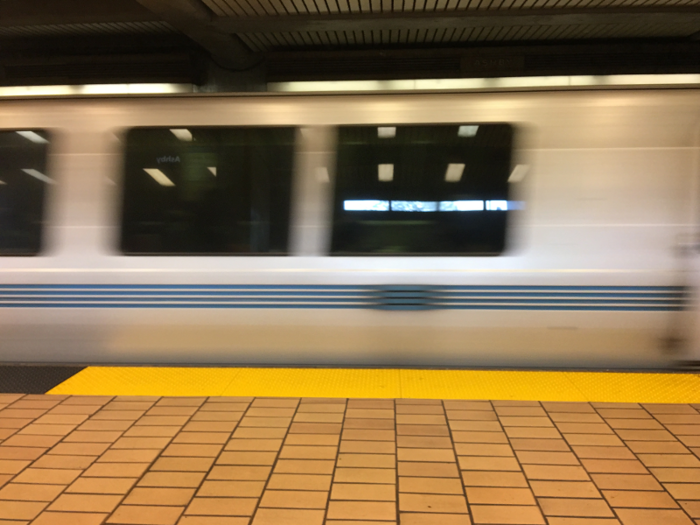
I won't miss the sagging seats and sticky floors of the legacy fleet, but I feel a fondness for the BART cars that will be phased out — and I'm not the only one. "There's just a lot of nostalgia attached to these cars. We're very aware of that," Duckworth said, adding that BART's heard proposals to turn decommissioned cars into food trucks, Airbnb rentals, or permanent housing.
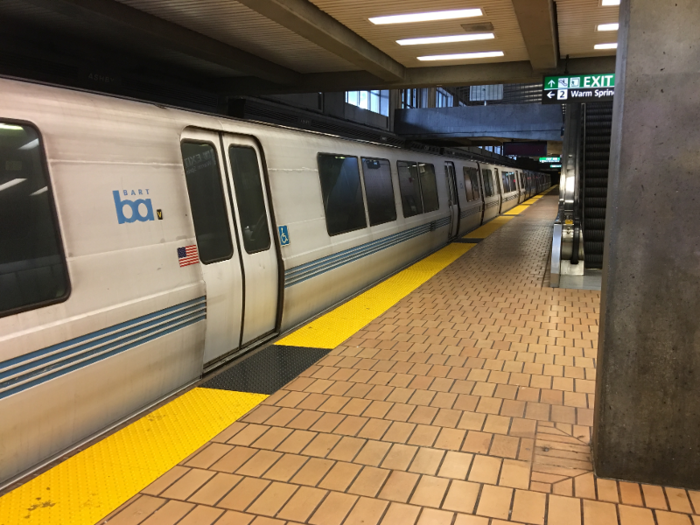
Popular Right Now
Popular Keywords
Advertisement